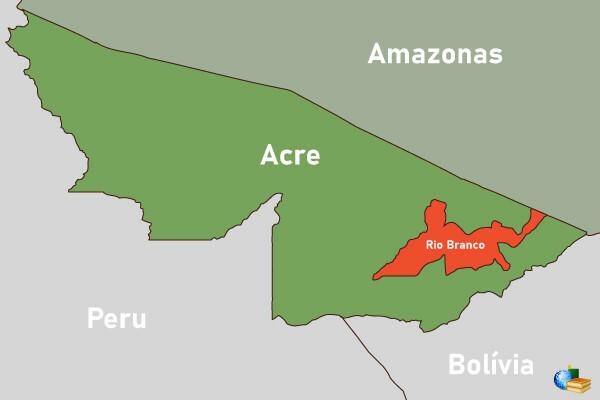The southern region has landscapes a little different from the rest of the country in its natural and human aspects. Due to its geographic location south of the Tropic of Capricorn, which provides higher latitudes, as well as the occurrence of areas with high altitudes, has a predominance of subtropical climate, with the presence of winters a little more rigorous than those recorded in most of the Brazil. The region also has social and cultural characteristics related to other ethnic groups. The majority of the population is made up of descendants of Italian, German and Slavic European immigrants.
For a long time southern Brazil was beyond the reach of Portuguese interests, being far from the initial cells of colonization and consequently of the economic axis established between Brazil and the Metropolis, as in the case of the sugarcane cycle in the North East. It was a region that did not have the specialty of producing any type of monoculture and that also did not have some of the drugs in the sertão most requested by the metropolis.
On the coast of Paraná, mining, in the beginning of the 17th century, moved the people from São Paulo to the region, where Vila de Paranaguá was founded (1648). The release of overestimated data regarding the location of gold deposits led the paulistas to the Rio de la Plata. In 1680, the fort that marked the foundation of the Colony of Sacramento (now Colony, in Uruguay) was built on the left bank of the Plate.
Between the cities of Laguna (Santa Catarina) and the Colony of Sacramento, the cattle trade was established, being a place for organizing expeditions between Rio Grande do Sul and São Paulo. In the second half of the 18th century, Azoreans were introduced for the continuous settlement of the area between Santa Catarina and Rio Grande do Sul. The Portuguese interest was to fix man on the land through agriculture, something that cattle raising could not establish.
Do not stop now... There's more after the advertising ;)
The occupation of the extreme south of Brazilian territory was carried out by Portuguese-Brazilians, also during the 18th century. In Rio Grande do Sul, cattle raising met the needs of the state itself, of Santa Catarina and, later, of Curitiba, with the production of leather and jerky. Livestock did not contribute to the formation of a population contingent, but to the possession of most of the territory.
In the 19th century, the arrival of German, Italian and Slavic immigrants profoundly changed the occupation of the region, as these people began a settlement linked to agricultural activities carried out on small and medium-sized subsistence farming properties, introducing new crops such as wheat and the grape. Climatic conditions more similar to the European climate and, on the other hand, unfavorable to tropical crops, reduced the presence of large estates.
Thus, from 1820 onwards, the first contingent of German immigration began, with emphasis on the corresponding to the current municipalities of São Leopoldo (Rio Grande do Sul), Rio Negro (Paraná) and São Pedro de Alcântara (Santa Catarina). In the second half of the 19th century, many of these immigrants began to head towards the west of the region, internalizing the occupation.
Julio César Lázaro da Silva
Brazil School Collaborator
Graduated in Geography from Universidade Estadual Paulista - UNESP
Master in Human Geography from Universidade Estadual Paulista - UNESP
Would you like to reference this text in a school or academic work? Look:
SILVA, Julius César Lázaro da. "Economic History of the Southern Region"; Brazil School. Available in: https://brasilescola.uol.com.br/brasil/historia-economica-regiao-sul.htm. Accessed on June 28, 2021.


